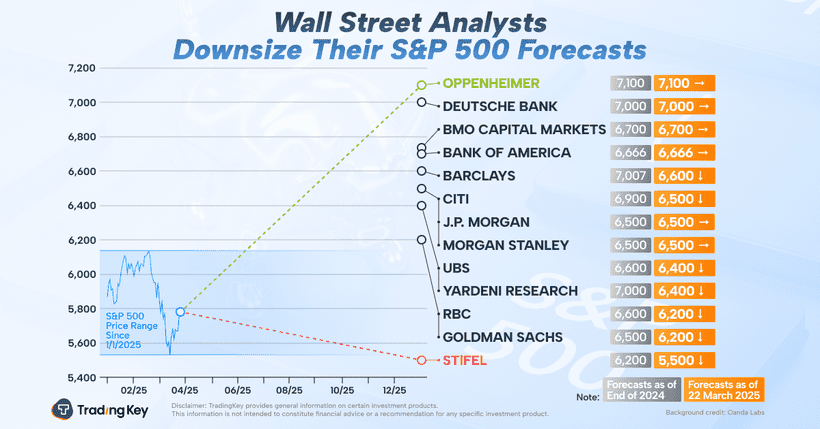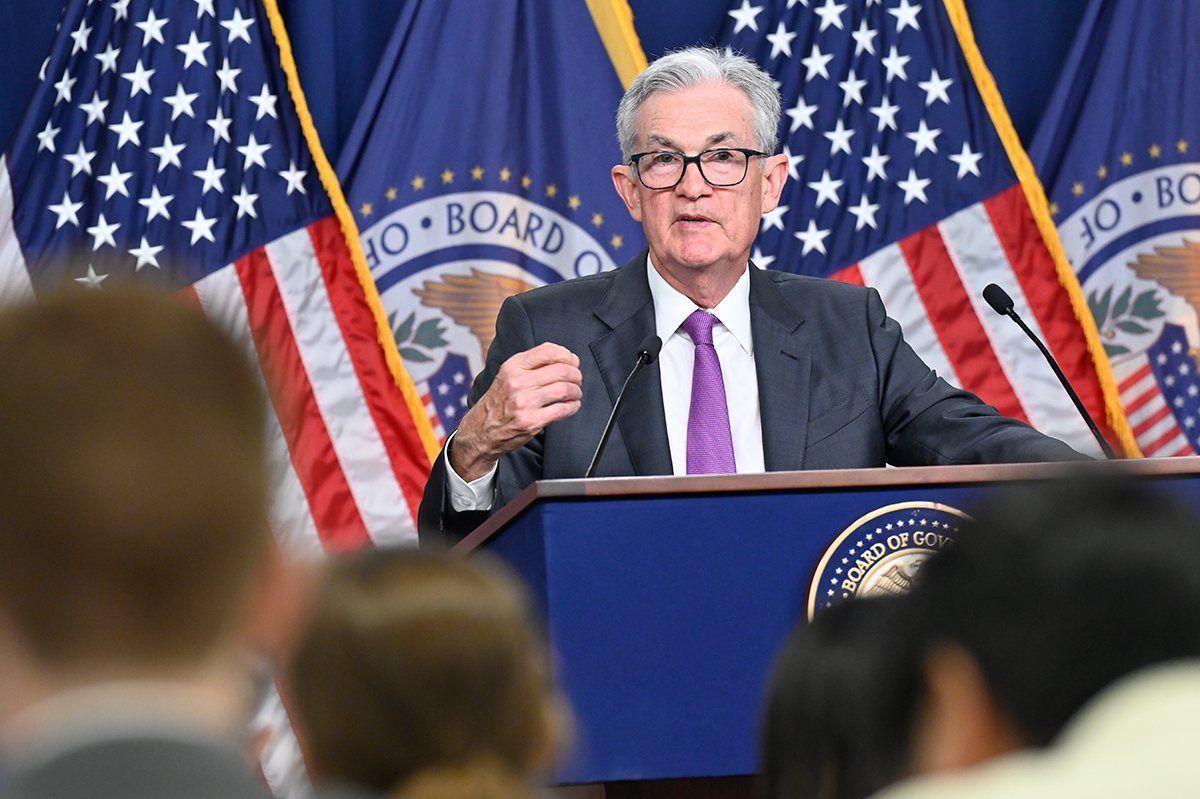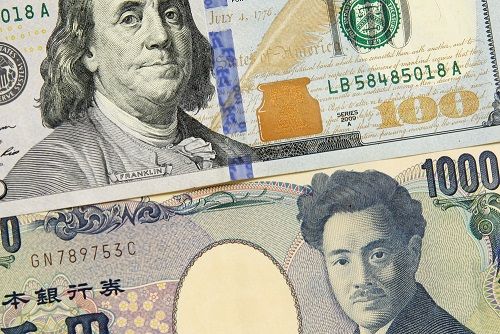US-Venezuela Secondary Tariffs vs. OPEC Output Hikes: Will Oil Prices Remain Trapped in a Downturn?

TradingKey – U.S. President Donald Trump’s announcement of secondary tariffs on Venezuela, a major holder of crude oil reserves, has heightened supply concerns and pushed oil prices up by more than 1%. However, prevailing market dynamics and renewed OPEC production increases may continue to cap further gains.
On Monday, March 24, Trump declared that the U.S. would escalate economic sanctions against Venezuela, citing, among other reasons, the country’s alleged deliberate dispatch of tens of thousands of criminals to the U.S. Under the new measures, any country purchasing Venezuelan oil or natural gas will be subject to a 25% secondary tariff payable to the U.S.
Venezuela holds the world’s largest proven crude oil reserves, accounting for 17% of the global supply as of 2023. Major buyers include firms from the U.S., China, Cuba, India, and Europe.
Following the announcement, both WTI and Brent crude prices rose by over 1%. Analysts noted that Venezuela’s position as a key global oil supplier means the imposition of Trump’s tariffs could cause a short-term supply shock, lending temporary support to prices.
However, the rally quickly lost momentum. As of press time on March 25 WTI crude was down 0.06% at $69.07 per barrel, while Brent edged 0.03% to $72.35 per barrel.
According to Reuters, sources suggest that OPEC is expected to proceed with plans to raise oil output in May - marking its second consecutive monthly increase since rolling back the significant production cuts enacted in 2022.
Industry experts argue that factors such as low inventories, rising seasonal demand during the summer months, and waning compliance with production limits justify OPEC’s gradual easing of restrictions.
Meanwhile, Russia’s Central Bank has warned that the combined ability of the U.S. and OPEC to inject large volumes of oil into the market could risk triggering a prolonged slump reminiscent of the 1980s. In addition, non-OPEC producers like Guyana, Brazil, and Kazakhstan are expanding output, further contributing to downward pressure on prices.





